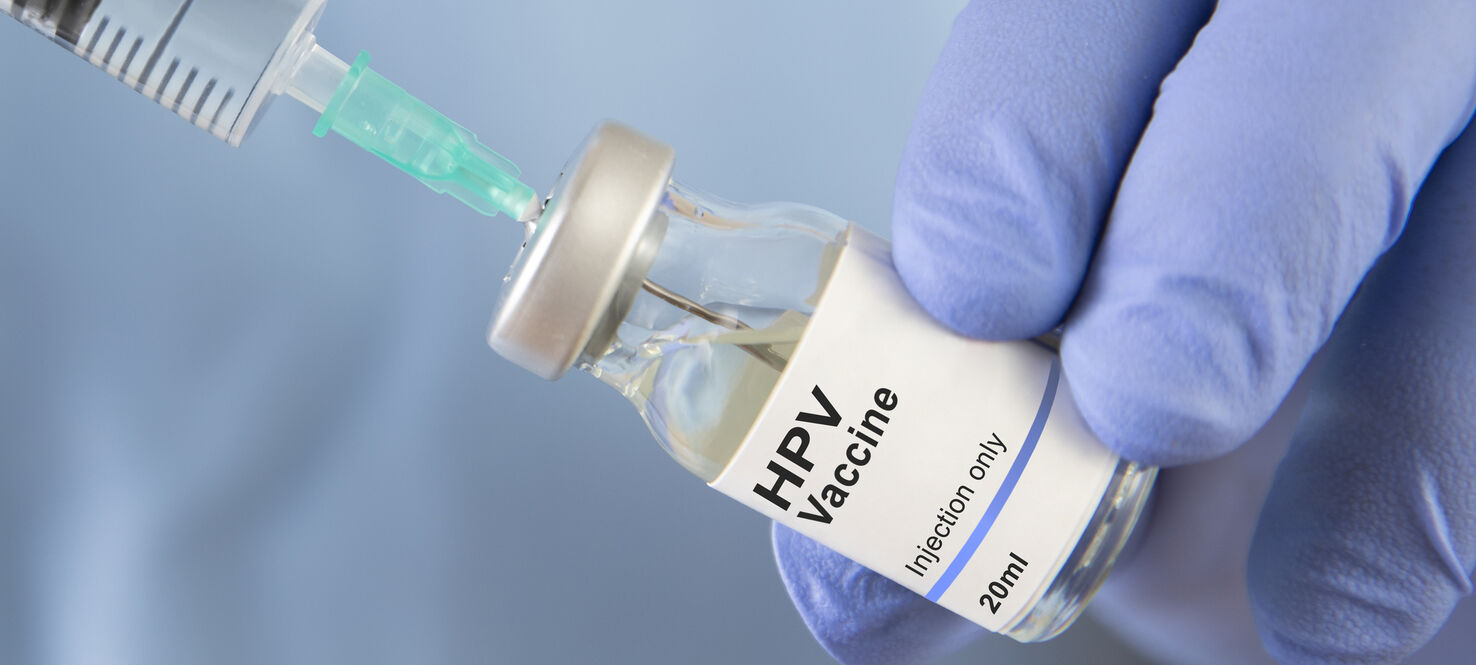HPV Vaccine Shows Effectiveness in Reducing Cervical Precancers
Since the HPV vaccine was introduced in 2006, vaccination rates have increased while cervical precancers among young women have fallen. Findings from the Human Papillomavirus Vaccine Impact Monitoring Project (HPV-IMPACT) looked at data from five surveillance sites across the U.S. from 2008 to 2022 to measure the vaccine’s effectiveness.
According to the Centers for Disease Control and Prevention's report, among women age 20 to 24 who underwent cervical cancer screening, the incidence of a precancerous condition where abnormal cells on the surface of the cervix have an increased risk of turning into cancer decreased by nearly 80%, while higher-grade lesions declined by 80%. Meanwhile, women age 25 to 29 saw a 37% reduction in low-grade incidence. These younger cohorts are the first to benefit from routine HPV vaccination, and these findings suggest that HPV vaccination contributes to reducing cervical precancers and, in turn, lowering the risk of cervical cancer.
The HPV vaccine is recommended for routine administration at ages 9-12 and as a catch-up vaccination through age 26. The CDC and the Advisory Committee on Immunization Practices continue to support its use for preventing HPV-related diseases, including cervical cancer. Studies have shown that vaccination is most effective when administered before exposure to HPV, making early immunization particularly important.
“Approximately 90% of cancers caused by HPV can be prevented by vaccination,” Anna Giuliano, PhD, founder of the Center for Immunization and Infection Research in Cancer at Moffitt Cancer Center. “Eliminating cervical cancer is just the beginning.”

Anna Giuliano, PhD
The study also examined cervical cancer screening trends, noting an increase in HPV-based testing methods that have contributed to early detection and intervention. These screening methods, including HPV DNA testing, have enhanced the ability to identify high-risk cases earlier, leading to improved outcomes. Researchers emphasize the importance of continued monitoring of cervical cancer screening practices and vaccination coverage to maximize public health benefits.
“There are many reasons women aren’t getting screened,” Giuliano said. “It could be a lack of insurance or access to care, lack of understanding for the need to be screened, and screening guideline confusion.”
While the data show positive trends, challenges remain. Cervical cancer screening remains below the Healthy People 2030 target, and recent studies have shown cervical cancers diagnosed at later stages are increasing, which indicates women are not being adequately screened. Vaccination rates among adolescents have plateaued in recent years, with some hesitancy and access barriers affecting uptake. Misinformation about vaccine safety and effectiveness continues to play a role in limiting coverage. Public health officials continue efforts to promote HPV vaccination and improve accessibility, particularly in underserved communities where disparities in vaccination rates persist.
The CDC says it will continue to monitor the long-term effects of HPV vaccination and screening practices. Doctors emphasize that a combination of widespread vaccination and regular cervical cancer screening remains the best strategy for reducing cervical cancer rates. As research progresses, ongoing efforts to increase vaccination rates and enhance screening accessibility will play a crucial role in sustaining these positive trends.




